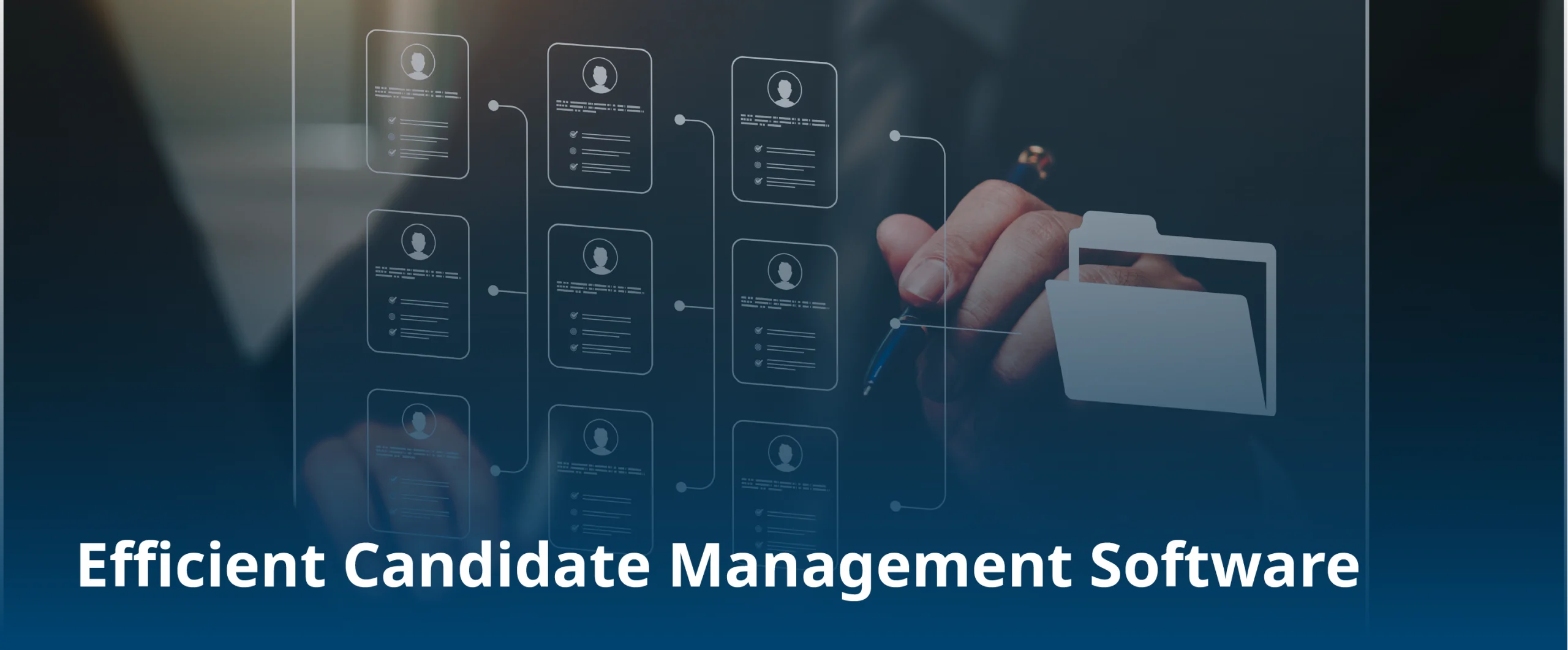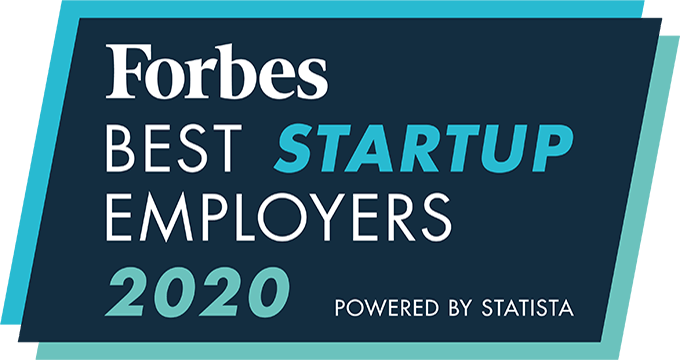Today’s job market is candidate-driven. Like any other business process, the recruitment cycle consists of numerous information exchanges and data migration that requires careful organization of candidate information into different groups depending on their status in the recruitment pipeline. You want to make sure that you are efficiently and effectively managing your most important assets: your candidates.
Why Should Managing My Candidate Database be a Priority?
All staffing and hiring are based on the recruiting database making them the lifeline of the recruitment process. These databases are responsible for streamlining all of an organization’s recruitment activities. In a tight job market, recruiters need to operate with optimal efficiency so they can act on placing talent before the opportunity is lost. Recruiters need to continuously move candidates from different segments of sourcing, pre-screening, screening, interviewing, onboarding, rejecting, etc. If there is no established workflow and candidate information is not logged in real time, it can cause confusion. This causes the recruiters to scrub the data to ensure its accuracy.
Managing and adding candidates to the database is only one part of the recruitment process; it should never be the only task of a recruiter.
Manage Candidate Databases Like a Pro
It is one thing to have the technology, but
1. Use an ATS To Automate Database Management
Most staffing companies and big organizations rely on Applicant Tracking Systems (ATS) to perform all their recruiting tasks, including candidate sourcing, engagement, screening, and onboarding. An ATS automatically allows recruiters to source candidates from multiple third-party sources (job boards, email, and social media). Within the ATS, once a candidate qualifies for a round, the profile is by default moved to the next level, which can be seen in the pipeline of each candidate and job post. This reduces the substantial amount of time spent by recruiters just to add candidates into different categories.
2. Move Beyond Basic Keywords
Adding keywords for candidate profiles may be useful, but it is not beneficial for managing the database. A lot of job requirements are based on particular skill-sets. By adding skills like SQL, C++, Java, Python, R, etc., recruiters can identify candidates faster even when Boolean search features may not be available. Adding skills to candidate profiles enhances the visibility of a profile making the database efficient and cuts the time to place candidates.
3. Nurture Candidates Throughout the Process
Recruitment is no longer restricted to just identifying and attracting candidates. Organizations now are focused on creating a long-lasting relationship with candidates to retain talent in their system. If done correctly, they can periodically check in with passive candidates to keep them engaged for future placements.
4. Regularly Clean & Organize the Database
No matter how diligent you might be, you might end up with some duplicate profiles. Take the time to clean the irrelevant profiles and data, eliminating worry about duplicate entries and junk folders. Alternatively, you could avoid that problem altogether by employing a software platform that automatically downloads all viewed resumes, and scans for duplicate resumes, so recruiters never pay for the same resume twice.
The Right Software for the Job
Managing data on paper or using hundreds of excel sheets to store data is a thing of the past. What’s more, manually conducting a candidate database audit is time-consuming, making investing in the right third-party technology that is compatible with your existing system crucial. A good ATS automates 80% of the recruiter’s tasks giving them a significant amount of time to identify the best candidate and avoid creating a bad experience for the candidate.









